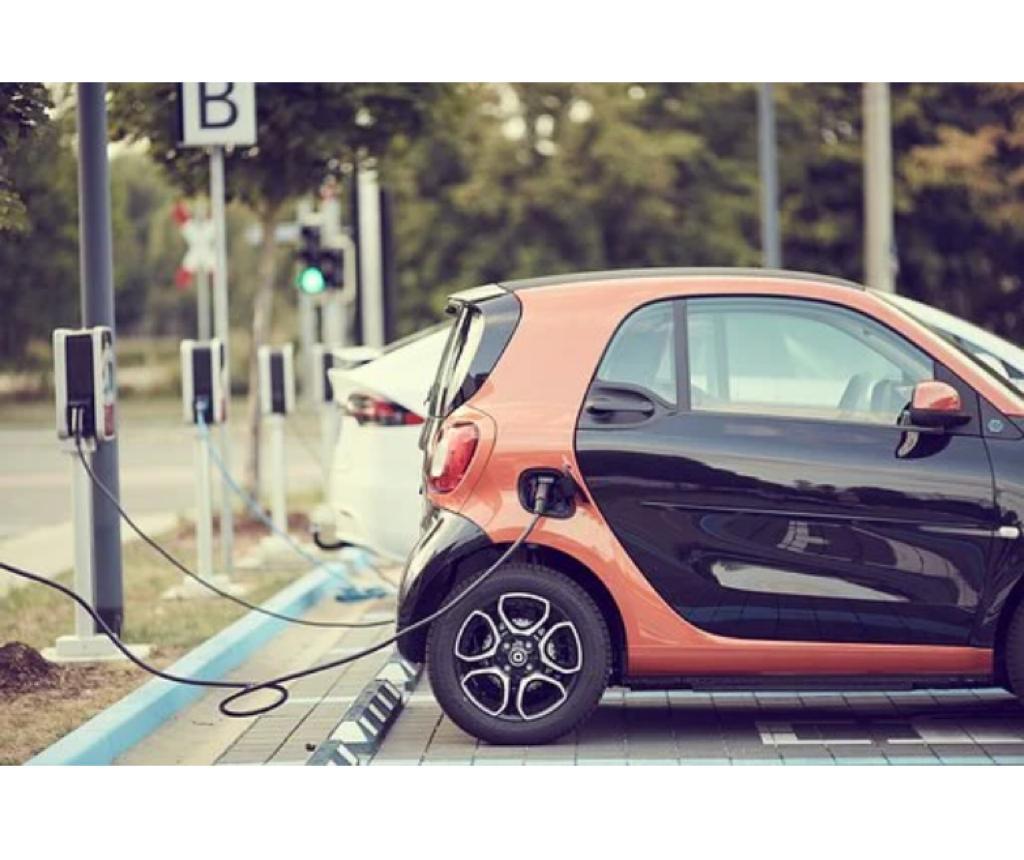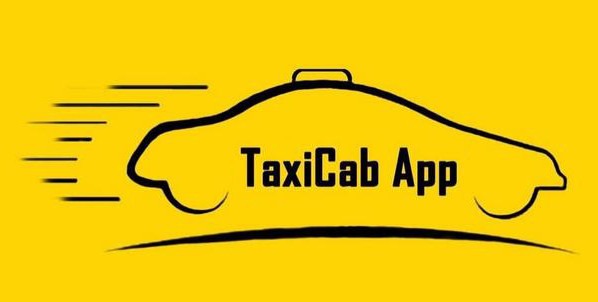Summary: In order to resolve the confusion created due to the various policies launched by the Indian government in the e-mobility sector, this post provides a timeline of the different steps taken by the government to introduce and encourage e-mobility in India.
I. Introduction
Like many other countries around the world, including Norway, China, UK and France, that are trying to shift a from fossil-fuel driven economy to one that is sustainable and eco-friendly, the Indian government has been promoting alternative mobility solutions, such as electric vehicles (“EVs”).[1] In light of the same, the Government of India approved the National Mission on Electric Mobility (“NMEM”) in 2011[2] and subsequently the National Electric Mobility Mission Plan (“NEMMP”) 2020 was unveiled in 2013.[3] As part of the NEMMP, the Department of Heavy Industry under the Ministry of Heavy Industries and Public Enterprises, formulated the FAME India (“Faster Adoption and Manufacturing of [Hybrid &] Electric Vehicles in India”) scheme.[4] The objective of the FAME India scheme is to support the market development and manufacturing eco-system for hybrid/electric vehicles.[5]
II. Timeline of the various government policies launched
31 March, 2011 – The Union Cabinet approved the proposal to set up the NMEM to promote electric mobility and the manufacture of electric vehicles in India.[6] The government also approved the setting up of a National Board for Electric Mobility (“NBEM”) and a National Automotive Board (“NAB”).[7]
09 January, 2013 – The Department of Heavy Industry unveiled the National Electric Mobility Mission Plan 2020 to provide the future roadmap, establish a common set of priorities, broad principles and framework for promoting the adoption of the full range of electric mobility in India.[8]
01 April, 2015 – Phase-I of the FAME India Scheme was launched under the NEMMP 2020 for a two-year period between 01 April, 2015 and 31 March, 2017 at an initial outlay of Rs. 75 crore.[9]
26 March, 2016 – The Minister of State for Power, Coal, New and Renewable Energy, Mr. Piyush Goyal, declared that the government of India aims to attain 100% e-mobility by 2030.[10]
30 March, 2017 – The Department of Heavy Industry extended the FAME-India scheme for six months.
01 April, 2017 – The Department of Heavy Industry stopped extending benefits to mild hybrid vehicles in the country under the FAME scheme from April 1, 2017.[11]
03 April, 2017 – The Union Cabinet finally constituted the NBEM, six years after its approval.[12] The NBEM is supposed to examine, formulate and propose the short-term and long-term plan for electronic mobility.[13]
16 February, 2018 – The Union Minister for Road Transport and Highways, Mr. Nitin Gadkari, and the CEO, NITI Aayog, Mr. Amitabh Kant declared that there was no need for a policy that governs electric vehicles.[14]
07 March, 2018 – The Ministry of Power amended its existing target of 100% e-mobility by 2030 to 30% e-mobility by 2030.[15]
14 April, 2018 – The Department of Heavy Industry extended Phase-I of the FAME India scheme for six months or till the date of launching of Phase-II of the FAME India scheme, whichever is earlier.[16]
23 August, 2018 – An inter-ministerial panel consisting of top officials from the finance, road transport and heavy industry ministries finalised the roadmap for the second phase of the FAME India scheme with an outlay of approximately Rs. 5,500 crore spanning over five years and subsidy support for all types of electric vehicles. [17] However, FAME Phase-II has not been launched yet.
20 September, 2018 – Interestingly, Mr. Anant Geete, Minister of Heavy Industry and Public Sector Enterprises, stated that the Government never set a deadline of 2030 for achieving 100% electric-mobility.[18]
[This post has been authored by Vartika Tiwari, a third year undergraduate student of National Law Institute University, Bhopal, during her externship with Ikigai Law. Tuhina Joshi (Associate, Ikigai Law) and Nehaa Chaudhari (Public Policy Lead, Ikigai Law) gave inputs]
[1] Sukanya Mukherjee, How The Government And Corporates Are Steering India Towards Being An EV Nation, Inc 42, available at https://inc42.com/features/how-corporates-and-the-government-are-turning-india-into-an-ev-nation/ (last accessed on Oct. 17, 2018).
[2] Press Information Bureau, Government of India, Cabinet, Setting up of National Mission for Electric Mobility, Press Information Bureau, available at http://pib.nic.in/newsite/PrintRelease.aspx?relid=71401 (last accessed on Oct. 16, 2018)
[3] India CSR Network, Overview on India’s 2030 Vision on Electric Vehicle, India CSR, available at http://indiacsr.in/overview-indias-2030-vision-electric-vehicle/ (last accessed on Oct. 17, 2018).
[4] Ibid.
[5] Supra (Note 3).
[6] Supra (Note 2).
[7] Supra (Note 2).
[8] Ministry of Heavy Industries & Public Enterprises, National Electric Mobility Mission Plan Launched Today, Press Information Bureau, available at http://pib.nic.in/newsite/PrintRelease.aspx?relid=91444 (last accessed on Oct. 22, 2018).
[9] Sharmistha Mukharjee, Government extends FAME India scheme for third time, Economic Times, available at https://economictimes.indiatimes.com/industry/auto/auto-news/government-extends-fame-india-scheme-for-third-time/articleshow/63759900.cms (last accessed on Oct. 16, 2018).
[10] PTI, India aims to become 100% e-vehicle nation by 2030: Piyush Goyal, Economic Times, available at https://economictimes.indiatimes.com/industry/india-aims-to-become-100-e-vehicle-nation-by-2030-piyush-goyal/articleshow/51551706.cms (last accessed Oct. 22, 2018).
[11] Nishant Parekh, FAME subsidy on mild hybrids withdrawn, Auto Car India, available at https://www.autocarindia.com/car-news/fame-subsidy-on-mild-hybrids-withdrawn-404587 (last accessed on Oct. 16, 2018).
[12] Government sets up National Board for Electronic Mobility, Economic Times, available at https://economictimes.indiatimes.com/industry/energy/power/government-sets-up-national-board-for-electric-mobility/articleshow/57989630.cms (last accessed on Oct. 16, 2018).
[13] Ibid.
[14] Dipayan Dutta, Updated: Govt’s U-turn on Electric Vehicles: “No need for EV policy now” – NITI Ayog, Financial Express, available at https://www.financialexpress.com/auto/car-news/%E2%80%8Bgovts-u-turn-on-electric-vehicles-no-need-for-ev-policy-now-niti-aayog/1067726/ (last accessed on Oct. 16, 2018).
[15] Ronak Shah, Government finally wakes up: Sets a realistic goal of 30% electric vehicles by 2030 from existing 100% target, Financial Express, https://www.financialexpress.com/auto/car-news/government-finally-wakes-up-sets-a-realistic-goal-of-30-electric-vehicles-by-2030-from-existing-100-target/1091075/ (last accessed on Oct. 17, 2018).
[16] Supra (Note 7).
[17] PTI, Rs 5,500 cr FAME II finalized; all EVs to get subsidy support, Economic Times,
//economictimes.indiatimes.com/articleshow/65521141.cms?utm_source=contentofinterest&utm_medium=text&utm_campaign=cppst (last accessed on Oct. 18, 2018).
[18] ET Bureau, No Deadlines for 100% electrification of vehicles: Ananth Geete, Economic Times, https://economictimes.indiatimes.com/industry/auto/auto-news/no-deadline-for-100-electrification-of-vehicles-ananth-geete/articleshow/65888016.cms (last accessed on Oct. 17, 2018).



